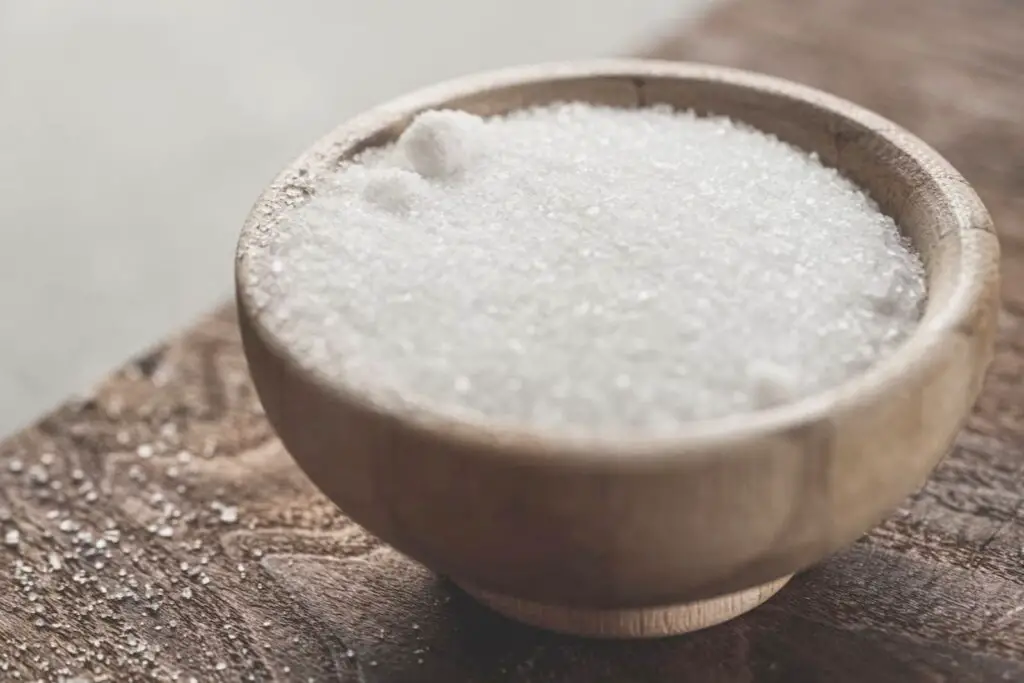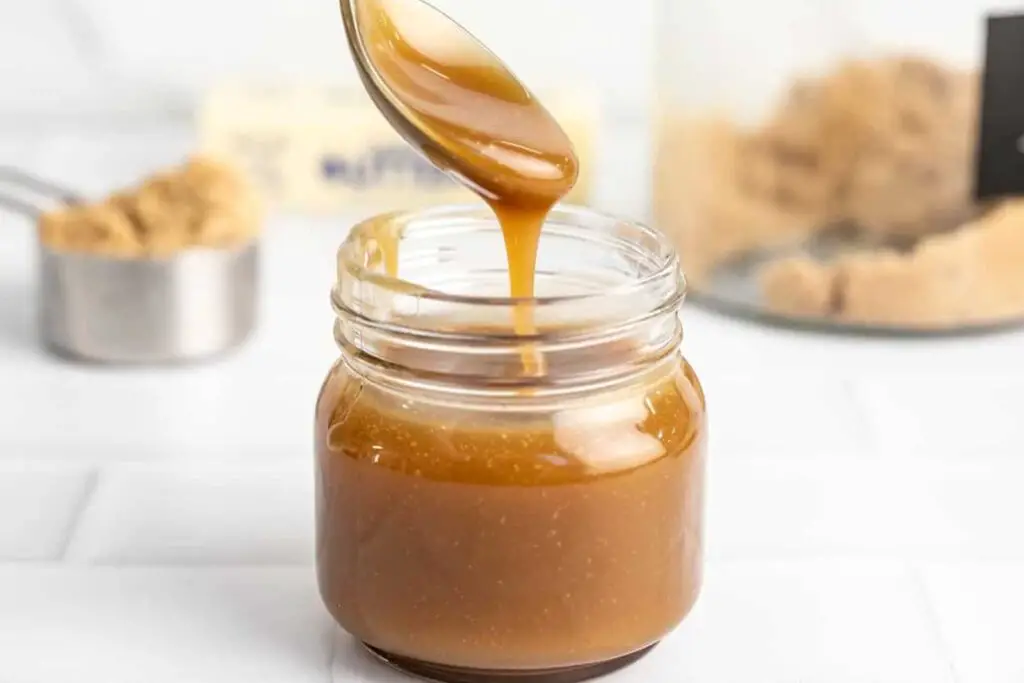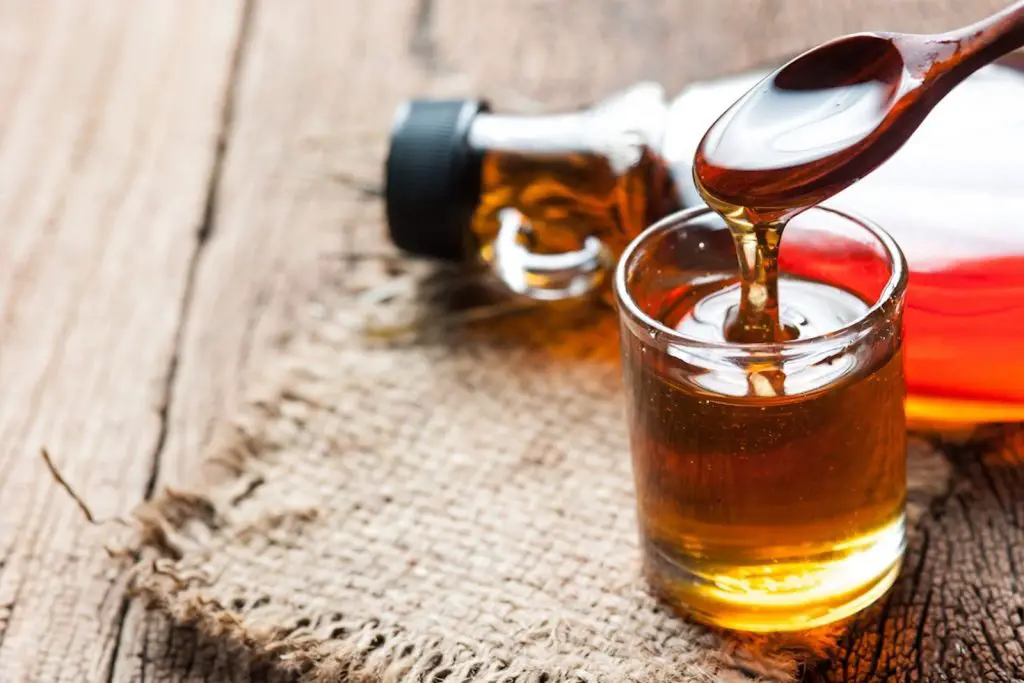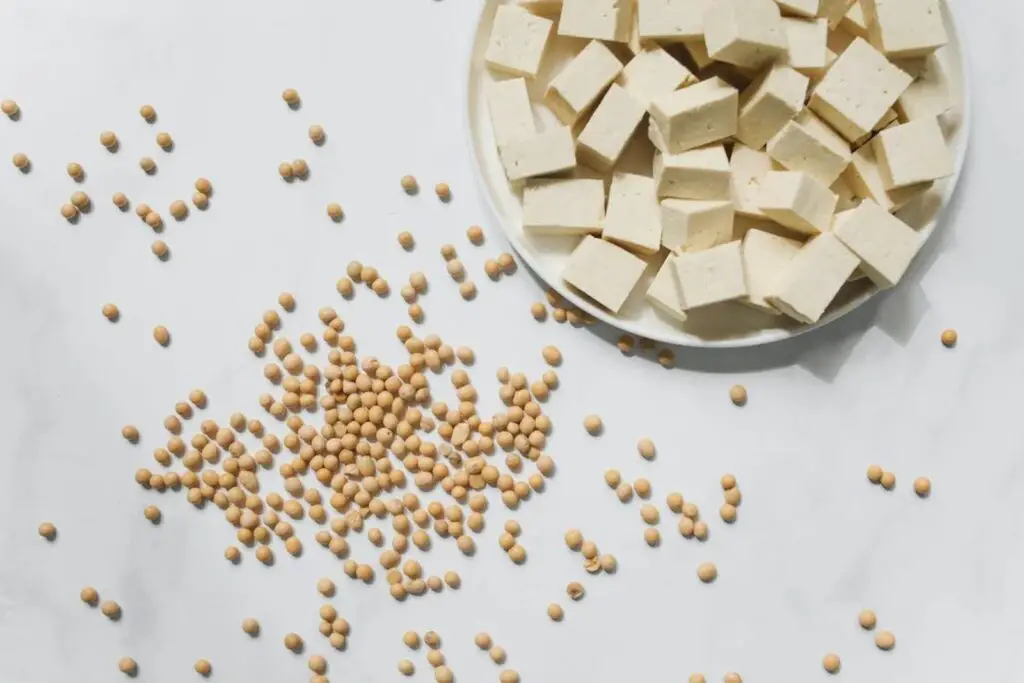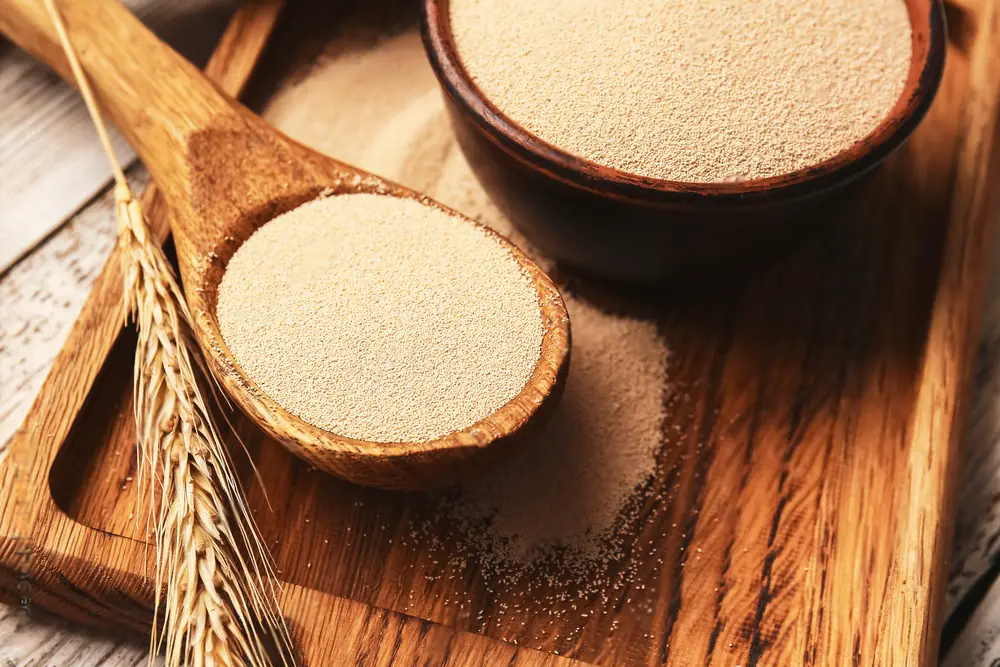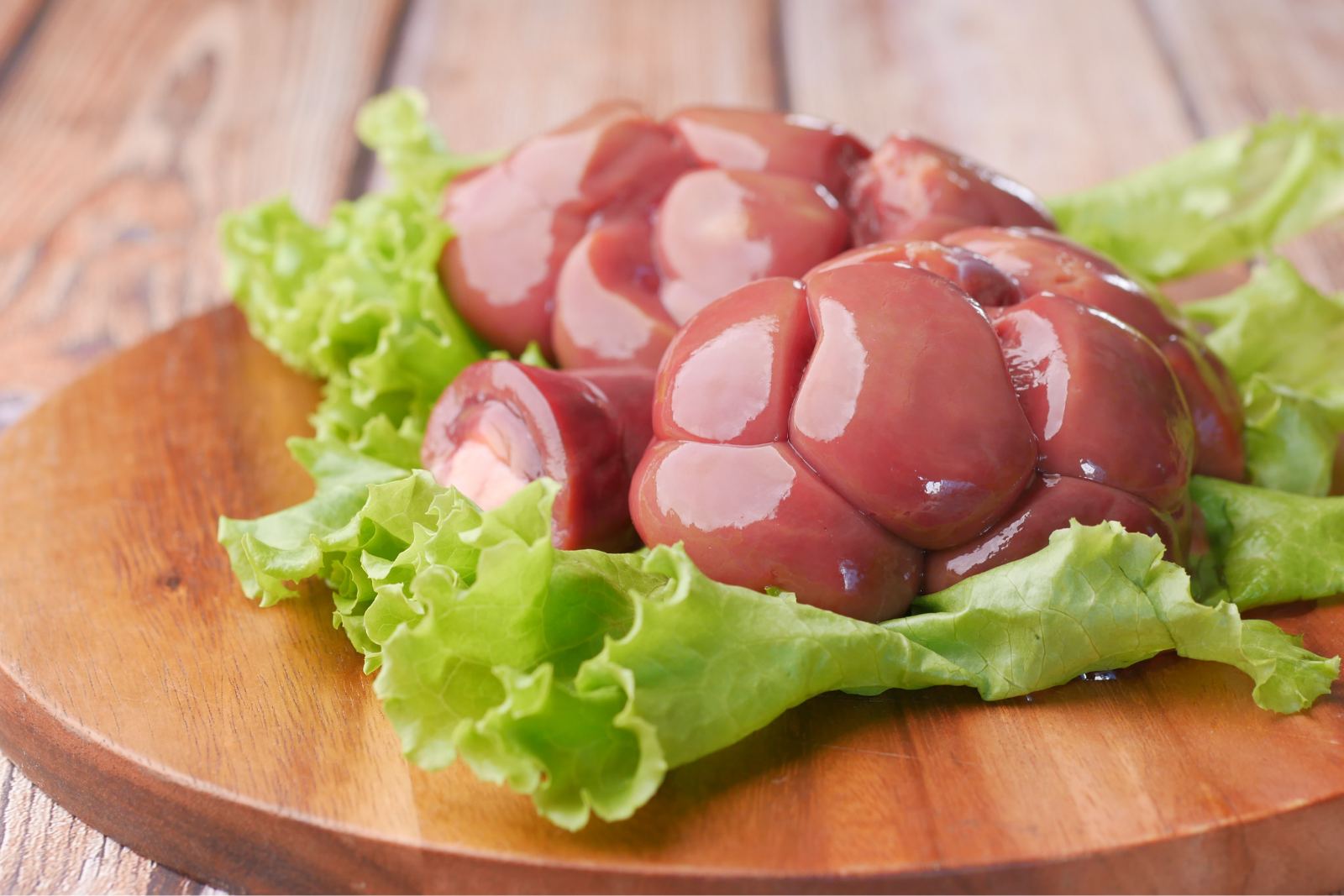
Lamb’s liver, a nutritious and versatile organ meat, holds a cherished place in various culinary traditions around the world. This tender and richly flavored delicacy is esteemed for its unique taste and nutritional benefits, being a significant source of iron, vitamin A, and protein. From traditional dishes like liver and onions to modern interpretations in pâtés and terrines, lamb’s liver has delighted palates for generations. However, when purchasing larger quantities or seeking to enjoy its goodness at a later time, freezing lamb’s liver is a practical approach to preserve its freshness and extend its usability. In this guide, we will explore the best techniques for freezing lamb’s liver, ensuring that its succulence, flavor, and essential nutrients are lovingly retained, ready to add a touch of culinary sophistication and nourishment to your meals whenever you desire, without the need to compromise on taste or quality.
Here are the simple steps to freeze a lamb’s liver:
Step 1: Choose Fresh Lamb’s Liver
Selecting fresh lamb’s liver is the foundational step in the process of freezing it. The quality of the liver at this stage directly impacts the final results and the overall taste and texture when it is thawed and cooked later.
- Quality Matters: When choosing lamb’s liver for freezing, opt for pieces that are of high quality. Fresh liver should have a vibrant color, typically reddish-brown, and should appear moist and glossy. Avoid liver that looks dull or discolored, as it may indicate poor freshness or storage conditions.
- Texture and Consistency: The liver pieces should feel firm to the touch and should not be too soft or mushy. Gently press the liver with your finger; it should spring back and retain its shape. Avoid liver that feels excessively soft or has any unusual texture.
- Odor Check: Fresh lamb’s liver should have a mild, slightly metallic smell. If you detect any strong or unpleasant odors, it could be a sign that the liver is not fresh and might not freeze well. A foul smell might also indicate that the liver is spoiled or past its prime.
- Source and Reputation: Whenever possible, obtain your lamb’s liver from a reputable source, such as a trusted butcher or a reliable grocery store. They are more likely to have stringent quality control measures, ensuring that the liver you get is fresh and suitable for freezing.
Why is Freshness Important?
The freshness of the lamb’s liver is crucial because freezing can only preserve the quality of the liver at the state it is in before freezing. Freezing does not improve the quality of food; it merely keeps it in stasis until you’re ready to use it again. If you start with fresh liver, you’re more likely to have a flavorful and tender liver when you decide to cook it later.
By selecting fresh and high-quality lamb’s liver, you set the stage for successful freezing and ensure that the liver retains its delicious taste and tender texture, offering you a delightful culinary experience whenever you decide to use it in your favorite dishes.
Step 2: Clean and Trim the Liver
Cleaning and trimming the lamb’s liver before freezing is essential to ensure that it is free from impurities, excess fat, and connective tissue. This step not only helps maintain the quality of the liver but also facilitates even freezing and convenient portioning when you decide to use it in your recipes later.
- Cleaning the Liver: Start by placing the lamb’s liver under cold running water. Gently rinse the liver to remove any surface impurities, such as dirt or blood. Cleaning the liver thoroughly helps eliminate any potential contaminants and ensures that you freeze a clean and safe product.
- Removing Excess Fat and Connective Tissue: Lamb’s liver can sometimes have a layer of fat or connective tissue attached to it. This can affect the overall taste and texture of the liver when cooked. Trim away any visible fat and connective tissue with a sharp knife. Removing these unwanted parts not only improves the liver’s flavor but also helps prevent freezer burn during the freezing process.
- Trimming into Portions: Depending on your intended use, consider trimming the lamb’s liver into desired portion sizes before freezing. Cutting the liver into portions allows for more convenient use later on. It saves you the trouble of having to thaw the entire liver when you only need a portion for a specific recipe. Additionally, evenly sized portions freeze more consistently, ensuring that the liver maintains its texture and quality throughout.
Why Clean and Trim?
Cleaning the liver before freezing is crucial for food safety. By rinsing off any surface contaminants, you reduce the risk of bacterial growth during freezing and storage. It also helps prevent any unwanted flavors that may arise from unclean liver.
Trimming excess fat and connective tissue is essential to enhance the liver’s taste and to prevent freezer burn. Fat and connective tissue can become rancid in the freezer, affecting the overall quality of the liver. By removing them, you improve the liver’s flavor and extend its shelf life in the freezer.
Cleaning and trimming the lamb’s liver before freezing ensures that you start with a clean and well-prepared product. This step sets the foundation for successful freezing, helping maintain the liver’s taste, texture, and safety while providing you with the convenience of portioned liver whenever you desire to cook with it.
Step 3: Blanch the Lamb’s Liver
Blanching is a crucial step in the process of freezing lamb’s liver. It involves briefly immersing the liver pieces in boiling water and then quickly cooling them down in ice-cold water. This technique helps preserve the liver’s quality, texture, and color during freezing, ensuring that it remains in top condition until you’re ready to use it in your favorite dishes.
- Boiling Water Bath: To blanch the lamb’s liver, start by bringing a pot of water to a rolling boil. The pot should be large enough to accommodate the liver pieces without overcrowding. The boiling water serves two primary purposes: it deactivates enzymes present in the liver and helps eliminate any surface bacteria, ensuring better food safety.
- Brief Immersion: Carefully add the lamb’s liver pieces to the boiling water. The liver only needs a brief time in the boiling water to achieve the desired effect. The blanching time usually ranges from 1 to 2 minutes, depending on the size of the liver pieces. Larger pieces may require slightly longer blanching times than smaller ones.
- Enzyme Inactivation: One of the key benefits of blanching is that it stops enzyme activity in the liver. Enzymes are natural substances that can cause the liver to deteriorate over time, even in the freezer. By blanching, you halt these enzyme reactions, preserving the liver’s texture and taste throughout the freezing process.
- Ice-Cold Water Bath: Immediately after the blanching time is up, remove the liver pieces from the boiling water and transfer them to a bowl of ice-cold water. This “shocks” the liver, rapidly lowering its temperature and stopping the cooking process. The quick cooling prevents the liver from becoming overcooked and helps maintain its tenderness.
Why is Blanching Important?
Blanching is a critical step in freezing lamb’s liver because it helps maintain the quality and appearance of the organ meat. Enzymes in the liver can cause it to deteriorate and lead to undesirable changes in texture and flavor during freezing and storage. By blanching, you effectively neutralize these enzymes, ensuring that the liver retains its taste and tenderness for an extended period in the freezer.
Blanching is a simple yet essential step in freezing lamb’s liver. It helps preserve the liver’s quality, color, and taste while ensuring food safety. By blanching the liver before freezing, you set the stage for a successful freezing process and guarantee a delicious and safe culinary experience when you decide to cook with the liver later on.
Step 4: Drain and Pat Dry
After blanching the lamb’s liver, it’s essential to drain and pat dry the liver pieces to ensure they are not excessively moist before freezing. This step helps maintain the liver’s texture and prevents ice crystals from forming during freezing, which can negatively impact the quality of the liver when thawed and cooked later.
- Remove from Boiling Water: Once the blanching time is complete, carefully remove the lamb’s liver pieces from the boiling water using a slotted spoon or tongs. Transfer the liver pieces immediately to a bowl of ice-cold water. This rapid cooling process halts the cooking and prevents the liver from becoming overcooked, ensuring it remains tender and flavorful.
- Prevent Excess Moisture: To avoid the liver pieces retaining excess moisture, drain them thoroughly after the ice-cold water bath. You can use a colander or a sieve to drain the liver effectively. Getting rid of excess water is crucial because any remaining moisture can lead to the formation of ice crystals during freezing, which may negatively affect the liver’s texture and taste.
- Pat Dry with Paper Towels: After draining the liver, gently pat each piece dry using paper towels. This helps to further remove any residual moisture that may be present. Ensuring the liver is as dry as possible before freezing enhances its quality and minimizes the risk of freezer burn.
Why Drain and Pat Dry?
Draining and patting the lamb’s liver dry after blanching is vital for two primary reasons:
- Texture Preservation: Excess moisture in the liver can contribute to the formation of ice crystals when frozen. These ice crystals can rupture the cell walls of the liver, leading to a loss of texture and juiciness. By draining and drying the liver, you reduce the likelihood of ice crystal formation and preserve the liver’s tender texture.
- Minimize Freezer Burn: Freezer burn occurs when food is exposed to air in the freezer, leading to dehydration and a decline in overall quality. By removing excess moisture, you reduce the potential for freezer burn and help maintain the liver’s taste and nutritional value during storage.
By draining and patting the lamb’s liver dry after blanching, you ensure that the liver is in the best possible condition before freezing. The lack of excess moisture and the prevention of ice crystal formation will contribute to a better overall frozen product that retains its taste, tenderness, and nutritional benefits for an extended period. When you decide to use the liver in your recipes later, you can be confident in its excellent quality and delicious results.
Step 5: Arrange the Liver for Freezing
Once the lamb’s liver has been blanched and thoroughly dried, the next crucial step is to arrange the liver pieces appropriately for freezing. Proper arrangement ensures that the liver freezes evenly and prevents the pieces from sticking together, making it easier to access and use individual portions when needed.
- Use a Baking Sheet or Tray: Choose a clean and flat baking sheet or tray for arranging the liver pieces. It’s essential to use a tray that will easily fit into your freezer to ensure proper freezing.
- Line with Parchment Paper: To prevent the liver from sticking to the tray, line it with parchment paper or use a silicone baking mat. This non-stick surface ensures that the liver pieces can be easily removed once frozen and also helps with easy cleanup.
- Single Layer Arrangement: Arrange the blanched and dried lamb’s liver pieces in a single layer on the prepared baking sheet or tray. Ensure that the pieces do not overlap or touch each other. Keeping them separate helps prevent them from freezing together in clumps.
Why Arrange in a Single Layer?
Arranging the liver pieces in a single layer is essential for several reasons:
- Even Freezing: Placing the liver in a single layer ensures that each piece freezes evenly. It allows cold air to circulate around each piece, facilitating rapid and consistent freezing. Even freezing helps maintain the quality of the liver and prevents the formation of large ice crystals, which can damage the texture.
- Prevent Sticking: When liver pieces are placed too close together during freezing, they can freeze together in clumps or stick to one another. This can make it challenging to separate individual portions when you need to use them. By arranging the liver in a single layer, you prevent them from sticking together, making it easier to access and use individual pieces later on.
- Convenient Portioning: Once the liver is frozen, the individual pieces can be easily removed from the baking sheet or tray. This makes it convenient to portion out the exact amount you need for a specific recipe without having to thaw the entire batch.
By arranging the blanched and dried lamb’s liver pieces in a single layer on a baking sheet or tray lined with parchment paper, you set the stage for successful freezing. The liver will freeze uniformly, maintain its quality, and be easily accessible when you want to cook with it in the future. This step ensures that you have a well-organized and readily available supply of frozen lamb’s liver for your culinary endeavors.
Step 6: Flash-Freeze the Liver
Flash-freezing is a rapid freezing technique used to freeze the lamb’s liver quickly and efficiently. By exposing the liver to very low temperatures within a short period, this process helps prevent the formation of large ice crystals, which can have a negative impact on the liver’s texture and overall quality during freezing.
- Transfer to the Freezer: After arranging the lamb’s liver pieces in a single layer on a baking sheet or tray, place the tray in the freezer. Position the tray in a way that allows adequate airflow around the liver pieces for efficient freezing.
- Flash-freeze Time Frame: Flash-freezing typically takes around 1 to 2 hours, depending on the size and thickness of the liver pieces. It is essential to monitor the liver periodically to avoid over-freezing, which can lead to the formation of ice crystals.
- Solid and Individually Frozen: The liver pieces are considered flash-frozen when they are solid to the touch and individually frozen. This means that each piece is frozen independently and not stuck together with neighboring pieces. By ensuring individual freezing, you can easily take out the desired amount of liver without thawing the entire batch.
Why Flash-freezing is Important?
Flash-freezing is a crucial step in freezing the lamb’s liver because it offers several advantages:
- Prevents Ice Crystal Formation: Flash-freezing prevents the formation of large ice crystals in the liver. When food freezes slowly, ice crystals have more time to grow larger, leading to cellular damage and potential loss of texture and juiciness. Rapid freezing in the flash-freezing process creates smaller ice crystals, reducing the damage to the liver’s structure.
- Preserves Quality and Texture: By minimizing ice crystal formation, flash-freezing helps maintain the liver’s original texture and taste. When you thaw the liver later, it will retain its tender and flavorful qualities, closely resembling the fresh product.
- Facilitates Easy Portioning: Individually frozen liver pieces allow for easy portioning. You can remove and use only the required amount of liver without defrosting the whole batch, reducing waste and ensuring that the rest of the liver remains frozen and preserved.
Flash-freezing is a critical step to preserve the quality and texture of the lamb’s liver during freezing. By rapidly freezing the liver pieces, you can enjoy delicious and tender liver whenever you choose to cook with it, knowing that it has been well-preserved and ready for your culinary creations.
Step 7: Package and Seal the Liver
After flash-freezing the lamb’s liver and ensuring that the individual pieces are solidly frozen, the next important step is to package and seal the liver for long-term storage in the freezer. Proper packaging is crucial to prevent freezer burn and maintain the liver’s quality and flavor throughout its frozen storage.
- Choose Freezer-Safe Containers or Bags: Use airtight containers or freezer-safe resealable bags to package the frozen liver pieces. These containers are specially designed to prevent air and moisture from entering, which helps maintain the liver’s freshness and prevents freezer burn.
- Transfer the Liver Pieces: Carefully transfer the individually frozen liver pieces into the chosen containers or bags. Be gentle to avoid breaking or damaging the liver pieces during the process.
- Remove Excess Air: To minimize the risk of freezer burn, it’s essential to remove as much air as possible from the containers or bags before sealing them. Air can cause the liver to dehydrate and deteriorate over time, affecting its texture and taste. You can use a vacuum sealer if available, or manually press the air out before sealing.
- Properly Seal the Containers or Bags: Ensure that the containers or bags are tightly sealed to prevent air and moisture from getting in. If using resealable bags, press out the air, and then close the bags securely. For containers, make sure the lids are firmly in place to create an airtight seal.
Why Package and Seal?
Proper packaging and sealing are crucial steps in preserving the quality of the frozen lamb’s liver for an extended period:
- Prevent Freezer Burn: Freezer burn occurs when air comes into contact with the surface of frozen food, leading to dehydration and deterioration. By using airtight containers or bags and removing excess air, you significantly reduce the risk of freezer burn, ensuring that the liver remains in top condition throughout its storage in the freezer.
- Maintain Freshness and Flavor: Airtight packaging helps maintain the liver’s freshness and prevents it from absorbing any odors from other items in the freezer. This ensures that the liver retains its original flavor and quality, so you can enjoy it just as delicious as when it was freshly frozen.
- Organized Storage: Properly packaged and sealed liver pieces allow for organized storage in the freezer. Individual portions can be easily accessed without having to thaw the entire batch, offering flexibility and convenience when preparing meals.
By carefully packaging and sealing the individually frozen liver pieces, you extend the shelf life of the lamb’s liver and ensure that it remains as flavorful and tender as the day it was frozen. These measures also contribute to hassle-free meal preparation, making it easier to incorporate the liver into various recipes whenever you desire.
Step 8: Label and Date the Packages
Labeling and dating the packages of frozen lamb’s liver is an essential organizational step to ensure the efficient and safe use of the liver over an extended period of time. Properly labeled packages provide important information about the liver’s freezing date and contents, enabling you to keep track of its freshness and easily identify the liver when needed for future use.
- Freezing Date: Write down the date on which you are freezing the lamb’s liver on each package. This date serves as a reference point for how long the liver has been in the freezer. It allows you to practice proper food rotation, ensuring that you use the oldest liver first and avoid letting it remain in the freezer for too long.
- Contents: Clearly indicate the contents of each package, specifying that it contains frozen lamb’s liver. This helps you easily identify the liver when looking for a specific ingredient in the freezer. Additionally, it prevents confusion with other frozen items that may have a similar appearance.
- Use-By Date: If you have a specific use-by date for the liver, such as recommended storage timeframes, dietary preferences, or safety guidelines, include that information on the label as well. This can be helpful for planning meals and ensuring that the liver is consumed within its optimal timeframe.
Why Label and Date?
Labeling and dating the packages of frozen lamb’s liver offer several advantages:
- Organizational Efficiency: Properly labeled packages make it easier to organize the freezer. You can quickly identify and access the lamb’s liver without having to go through multiple packages or items. This saves time and effort during meal preparation.
- Avoid Food Waste: By dating the packages, you ensure that the liver is used within a reasonable time frame. This helps prevent food waste, as you can prioritize the older liver for consumption before it surpasses its recommended storage time.
- Ensure Food Safety: By knowing the freezing date, you can monitor the duration of time the liver has been in the freezer. This is important for food safety, as certain foods may lose quality and become less safe to eat over prolonged periods of freezing.
- Meal Planning: Labeled packages allow you to plan meals more efficiently. You can easily see how much lamb’s liver you have on hand and incorporate it into your meal planning accordingly.
Labeling and dating the packages of frozen lamb’s liver are simple yet crucial steps in organizing and preserving the liver’s quality and safety. By following this step, you can efficiently manage your frozen liver supply, minimize food waste, and ensure that you enjoy delicious and safe lamb’s liver in your culinary endeavors.
Step 9: Store in the Freezer
The final step in the process of freezing lamb’s liver is to store the properly labeled and sealed packages in the freezer. Proper freezer storage is crucial to maintain the liver’s quality, flavor, and safety over an extended period. Storing the liver at the correct temperature ensures that it remains safe to eat and retains its delicious taste and texture until you’re ready to use it in your recipes.
- Select the Coldest Part of the Freezer: Choose the coldest part of your freezer to store the lamb’s liver. This area typically exists near the back or the bottom of the freezer. Placing the liver in the coldest section ensures that it freezes and remains frozen at a consistent and optimal temperature.
- Maintain a Temperature of 0°F (-18°C) or Below: The freezer temperature should be set at or below 0°F (-18°C). At this temperature, bacterial growth is significantly slowed down, reducing the risk of foodborne illnesses and spoilage. Freezing the liver at such low temperatures helps preserve its quality and safety.
Why Store in the Freezer at the Correct Temperature?
Proper freezer storage at the correct temperature is essential for several reasons:
- Food Safety: Storing the lamb’s liver at 0°F (-18°C) or below inhibits the growth of harmful bacteria and pathogens, ensuring that the liver remains safe to eat throughout its storage period.
- Preserve Quality: Freezing the liver at the recommended temperature helps maintain its taste, texture, and nutritional value. It prevents the formation of large ice crystals that can damage the liver’s structure and lead to a decline in quality.
- Extended Shelf Life: When stored at the appropriate temperature, the frozen liver can remain safe and of high quality for an extended period. Properly frozen lamb’s liver can typically be consumed within three to four months without significant loss of taste or texture.
- Minimize Food Waste: By storing the liver properly in the freezer, you reduce the risk of food waste. The liver maintains its quality, and you can plan meals effectively, using only the desired amount of liver without having to discard any unused portions.
Storing the labeled and sealed packages of lamb’s liver in the coldest part of the freezer at a consistent temperature of 0°F (-18°C) or below is vital to ensure food safety and maintain the liver’s taste and texture. By following this step, you can confidently use the frozen lamb’s liver for various recipes, knowing that it has been properly preserved and is ready to enhance your culinary creations whenever you desire.
Other related questions
How do you defrost lamb’s liver?
To defrost lamb’s liver, follow these steps. Transfer the liver to a sealed plastic bag, removing any excess air. Place it in the refrigerator overnight or use the microwave’s defrost setting in short intervals, taking care not to cook it. Never defrost at room temperature as it can lead to bacterial growth.
Can you refreeze lamb’s liver?
Refreezing lamb’s liver is generally not recommended due to potential quality and safety concerns. Once the liver has been thawed, its structure and texture can be compromised, leading to a decline in quality. Moreover, repeated freezing and thawing increase the risk of bacterial growth, which can pose health hazards. It is advisable to use the thawed liver promptly and avoid refreezing to ensure the best taste and safety.
How do I know if the lamb’s liver has gone bad after being frozen?
To determine if frozen lamb’s liver has gone bad, look for signs of spoilage, such as a foul or rancid smell, off-color, or slimy texture. If the liver appears discolored or has developed freezer burn (dry, discolored patches), it may have deteriorated. When in doubt, trust your senses and discard any frozen lamb’s liver that exhibits unusual or unpleasant characteristics to ensure food safety.
Can I freeze lamb’s liver with onions or other vegetables?
Yes, you can freeze lambs liver with onions or other vegetables. However, it’s essential to consider the specific vegetables’ freezing suitability. Onions generally freeze well and can be added to the lambs liver before freezing. Other vegetables may need blanching before freezing to maintain their texture and flavor. Properly cool the dish before freezing and store it in airtight containers or freezer bags. Thaw in the refrigerator before reheating for the best taste and texture.
Can you freeze lambs liver with bacon or other meats?
Yes, you can freeze lambs liver with bacon or other meats. When freezing dishes with multiple ingredients, it’s important to ensure all components are properly cooked and cooled before freezing. Use airtight containers or freezer bags for storage, and consider portioning the dish for easy reheating. Thaw frozen dishes in the refrigerator and reheat thoroughly to ensure food safety and preserve the quality of the ingredients.
Can frozen lamb’s liver be used for stir-fries or other quick-cooking dishes?
Yes, frozen lamb’s liver can be used for stir-fries and other quick-cooking dishes. When using frozen liver in stir-fries, it’s best to cut it into thin slices for faster cooking and better distribution of flavors. Since liver is a delicate organ meat, it cooks quickly, making it suitable for stir-fries or other dishes that require fast cooking times. Thaw the frozen liver in the refrigerator before using it in the recipe to ensure even cooking and to maintain its texture and taste.

